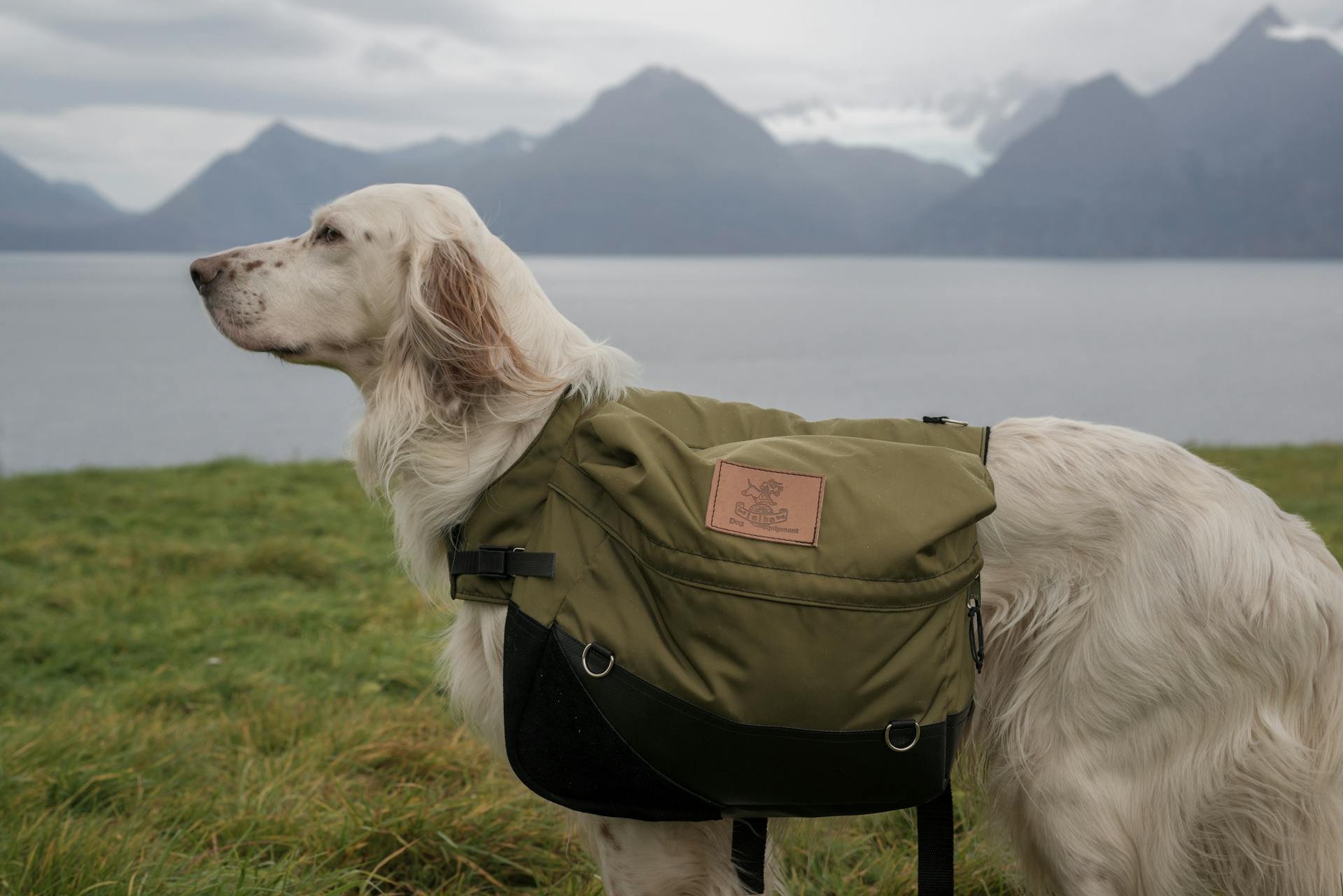Dogs are not just loyal companions—they can also be valuable hiking and camping partners. If you’ve ever wondered how much weight your furry friend can safely carry in a backpack, this guide will help you determine the ideal load for your dog while keeping their health and safety in mind.
At TentCampingPro.com, we’re all about maximizing your outdoor adventures. Let’s explore how to make your canine companion a happy and helpful participant in your next camping trip.
What Is a Dog Backpack?
A dog backpack is a functional accessory designed to fit your dog’s body, allowing them to carry small loads during your outdoor adventures. These packs typically feature saddlebags that secure to a harness and evenly distribute weight across your dog’s shoulders and back.
Dog backpacks are perfect for carrying lightweight essentials like:
- Dog food and treats
- Collapsible water bowls
- Waste bags
- First aid supplies
Benefits of Using a Dog Backpack
1. Exercise Enhancement
Carrying a weighted pack can help high-energy dogs burn more calories, build muscle, and improve endurance. This is especially beneficial for working breeds or dogs that need extra stimulation.
2. Sense of Purpose
Dogs thrive when they have a job to do! A backpack can give them a sense of responsibility, reducing anxiety and boredom during long hikes. Working dogs, in particular, thrive when they have a task at hand.
3. Gear Sharing
Lightening your own load by letting your dog carry their essentials frees up space in your pack, making your trip more enjoyable. This can reduce the strain on your body, especially during extended hikes.
4. Behavioral Improvement
Wearing a backpack can help dogs focus on the trail, minimizing distractions from wildlife or other hikers. This can make hikes smoother and more enjoyable for both you and your dog.
How Much Weight Can Your Dog Safely Carry?
The amount of weight your dog can carry depends on their size, breed, age, and physical condition. Here are some general guidelines:
10-15% of Body Weight
Most dogs can safely carry 10-15% of their healthy body weight. For example, a 50-pound dog can handle a 5- to 7.5-pound load.
Conditioned Dogs: Up to 25%
Well-conditioned, athletic breeds (e.g., Belgian Malinois, Siberian Huskies) may be able to carry up to 25% of their body weight after proper training and conditioning.
Adjust for Longer Hikes
For extended trips, reduce the weight to avoid fatigue or injury. Long hikes require extra care to prevent overexertion.
Special Considerations
Not Suitable For:
- Puppies (bones are still developing)
- Senior dogs (prone to joint issues)
- Dogs with health concerns (e.g., arthritis, heart problems)
Consult Your Vet:
Before introducing a backpack, discuss your plans with your veterinarian to ensure it’s safe for your dog. Your vet can also provide insights on what weight limit is best for your dog’s size and breed.
How to Train Your Dog to Use a Backpack
1. Start Light:
Begin with an empty backpack to help your dog get used to the feeling. Gradually increase the weight as they become more comfortable.
2. Gradually Add Weight:
Start with 5% of their body weight and slowly increase the load as they get stronger and more accustomed to carrying it.
3. Practice at Home:
Let your dog wear the pack around the house or yard before hitting the trail. This helps them become familiar with the backpack in a comfortable environment.
4. Reward Positive Behavior:
Use treats and praise to make the experience enjoyable. Positive reinforcement will help your dog associate the backpack with good things.
5. Watch for Signs of Overexertion:
Your dog’s safety should always come first. Watch for these warning signs:
- Limping or signs of discomfort
- Excessive panting or drooling
- Reluctance to continue walking
- Stiffness or fatigue after the hike
If you notice any of these symptoms, remove the backpack immediately and allow your dog to rest.
Tips for Safe Backpacking With Your Dog
1. Distribute Weight Evenly:
Ensure both sides of the backpack are balanced. Uneven weight distribution can cause discomfort or injury.
2. Monitor Weather Conditions:
Avoid overloading your dog in hot weather to reduce the risk of heat exhaustion. Always check the weather forecast before your hike.
3. Take Breaks:
Stop for water and rest frequently to prevent fatigue. Both you and your dog need regular breaks to stay energized.
4. Use High-Quality Gear:
Invest in a durable, well-fitting backpack designed specifically for dogs. Poorly fitting gear can lead to chafing or discomfort.
Final Thoughts
Introducing a dog backpack can add a new layer of excitement to your camping trips, but it’s crucial to prioritize your pup’s well-being. By following the guidelines above, you’ll ensure your four-legged friend stays happy and healthy while contributing to the adventure.
At TentCampingPro.com, we’re here to help you and your canine companion make the most of your outdoor experiences. Check out our gear recommendations and tips for creating memorable camping trips with your furry friend.
Ready to hit the trail? Share your dog’s backpacking stories with us in the comments below or on social media!

